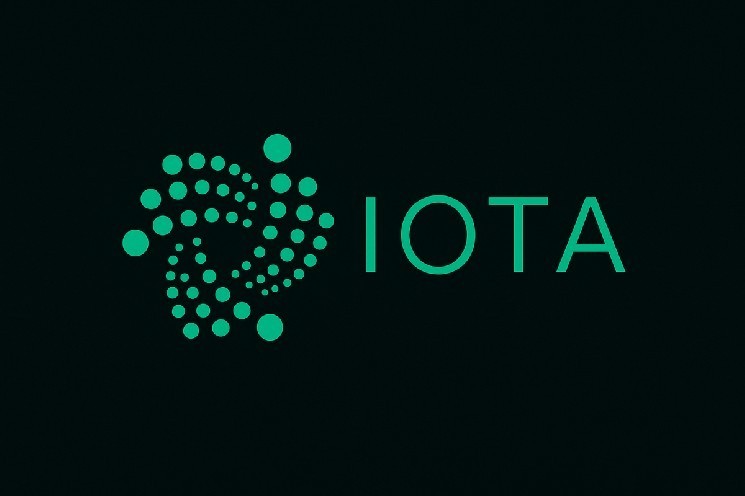- Salima turned his attention to programs that plan to use IOTA as a tool to advance disaster preparation and awareness campaigns.
- The planned demonstration will use Turing CERTS DID and VC technology to build a Turing Certificate Evacuation Shelter Authentication System.
The new disaster prevention project is being launched in Ikemoto, Fukuoka. Japan is not strangers to natural risks, typhoons, earthquakes, and floods, and speed is important when those events hit. Evacuation, access to shelters, and adjustments can be messed up when people need to show their papers or wait in line.
A Crypto and Tech enthusiast, Salima shared a post explaining that a team of Blocksmith, Shibuya Web3 University, Turing Japan and Kangaeru Bosai are working with local city governments to build a system with a verifiable digital identity. She described it as a kind of secure digital “ID card” without the hassle of paperwork or delays.
Japan is launching a demonstration experiment of the Turing Certificate Evacuation Shelter Certification System, a digital identity verification platform built to meet W3C international standards. The system uses Turing Certificate's Distributed Identity (DID) and Verifiable Certificate (VC) to allow citizens to verify their identity in seconds by simply scanning the QR code when entering the evacuation shelter.
The platform is designed with privacy and security in compliance with ISO27001, ISO27701 and GDPR regulations. By fixing your identity to the blockchain, the system ensures that records are tampered, transparent and reliable, while protecting sensitive personal data.
IOTA is one of the blockchain technology options used to “anchore” these digital IDs. This means that identity verification, recording, or proof are fast, tampered and securely linked to IOTA. In emergencies, trust and speed are required, not delays or fake IDs.
“In short, with open technology that saves time and lives, Japan will test models that can be scaled nationwide right away. Iota is part of a real-world pilot supported by Japanese institutions,” she said.
According to the report, the implementation schedule is set to begin with advance preparation, recruitment and staff training from September to November 2025. This will be followed by a demonstration experiment that will be carried out from December 2025 to March 2026.
In May 2026, the results will be analyzed and compiled into a detailed report, paving the way for a nationwide expansion starting in June 2026.
Why IOTA is perfect here
IOTA's distributed identifiers are an efficient way to manage digital identity without relying on centralized authorities such as government databases and corporate servers. DIDS, individuals, organizations, and even machines can prove who they are and instantly and safely prove their ownership of their assets.
These digital IDs are associated with verifiable credentials and can be selectively shared. For example, make sure you are over 18 years old or live in a particular district without revealing your entire ID card. IOTA operates without miners or transaction fees, so issuing and verifying IDs is cost-effective and scalable.
Its unique, supervised acyclic graph (DAG) structure, known as the Tangle, is lightweight, energy efficient, and allows for real-time identity checks without bottlenecks. IOTA tokens are currently at $0.1844, up 5.08% over the last 24 hours, reflecting a 10.89% increase over the past week, with the next key resistance levels at $0.274 and $0.53.

